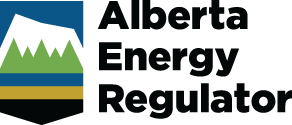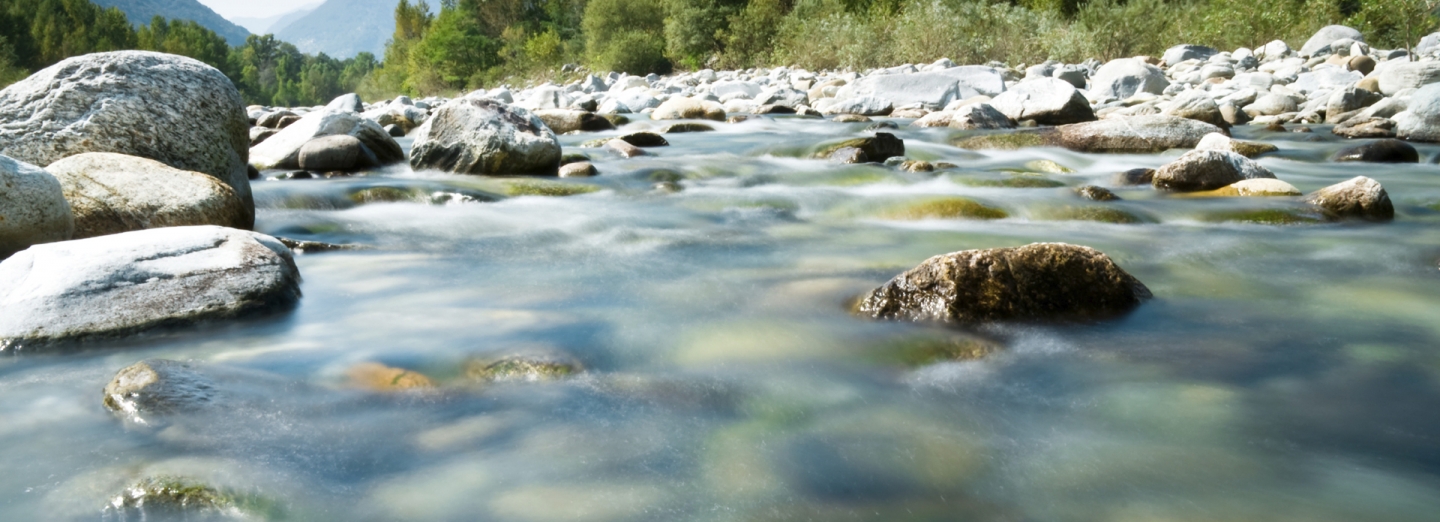Updated June 2023
Within this section
- Production
- Demand
- Methodology
- Data [XLSX]
Highlights of 2022
Total production of marketable coal increased by 30 per cent in 2022.
Of all marketable coal produced in 2022,
- 36 per cent was subbituminous,
- 58 per cent was thermal bituminous, and
- 6 per cent was metallurgical bituminous.
About Coal
Coal is a combustible sedimentary rock with more than 50 per cent carbon-rich organic matter. It also contains oxygen, hydrogen, sulphur, nitrogen, ash, and other constituents. Coal is found in many formations across central and southern Alberta – lower-energy-content coals in the plains region and higher energy content coals in the foothills and mountain regions.
Production of coal from mines is considered raw coal. Some coal, particularly coal from the mountain and foothills regions of Alberta, needs to be processed before it is sent to market. Processed coal is defined as clean coal. Collectively, clean coal (usually sold internationally) and raw coal (usually sold within Alberta) are known as marketable coal.
Marketable Coal in Alberta
Companies in Alberta produce three types of marketable coal:
- Subbituminous coal: This type is found across the plains region of Alberta and is suitable for power production and domestic heating. Subbituminous coal is mainly used to generate electricity in Alberta and is expected to be adversely affected by the retirement and conversions of coal-fired power plants within the province over the forecast period.
- Metallurgical bituminous coal: Commonly known as coking coal or low- to medium-volatile-ranked coal, metallurgical bituminous coal from the mountain region is exported after processing and is used for industrial applications, such as steel production.
- Thermal bituminous coal: Also known as steaming or high-volatile-ranked coal, thermal bituminous coal from the foothills region is primarily exported after processing and is used to fuel electricity generators in distant markets. The higher energy content and corresponding monetary value of Alberta’s thermal bituminous coal make it economical for long-distance transport.
Typically, subbituminous coal is burned without needing upgrading, whereas metallurgical and thermal coals are sent in raw form to a preparation plant. To get a higher energy content and economic value for clean coal, a preparation plant washes raw coal, filters out impurities, such as rocks and sediment, and crushes the ore to specified sizes for easier handling.


